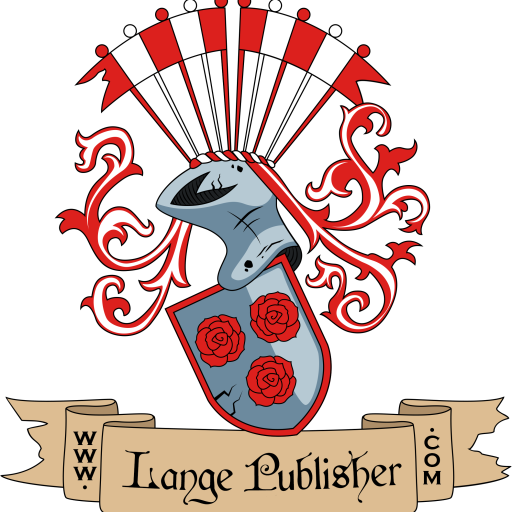The tricky thing is not to find space for everything, the tricky thing is to know what you can remove. This applies both when I draw and when I write. At this moment, I’m painting fictional landscapes in watercolor and my intention is to tell as much as I can with as few means as possible. It is reminiscent of writing poetry.
Right now I’m not looking to make abstract pictures, I want it to be clear that it’s a landscape in the painting. At the same time, I work with large brushstrokes with a lot of water so as not to get stuck in the details. A broad brush stroke in ocher may mark a yellowed field, another a forest in the distance. A stream or a puddle in the middle of a field is best done by simply not painting there – a white line. Let the paper do the talking.
If I were to describe the room I sit in and paint, it would be no problem at all to list everything present here – a table, a sofa, a chest of drawers, a patterned rug, a gray rug, a candlestick, curtains, etc. The problem is that the text would be endlessly boring and no one would care to read such texts. If one is not aware, a painting can become oversaturated with details and a text can likewise become overloaded with redundant information.
The challenge of creating, therefore, lies in knowing what to remove and what is essential. What characterizes this room in particular? Perhaps it is enough to write that there is a wooden beam in the ceiling as a memory from when the house was a much smaller homestead. Or that a remnant of the old outer wall divides the inner ceiling of today. The reader will most likely still realize that the room contains chairs, carpets, curtains, etc, as they usually do. There is no need to write it.
We are all anxious and afraid to clean up our texts and images when we start out. When I hold courses in painting and drawing, I usually remind the participants that one can remove and do exactly whatever one wants! If I have painted a house that doesn’t fit into the landscape, I am actually allowed to remove the house entirely from my creation. Because the entirety of this painting is more important than making it similar to its original.
It is just as difficult with text – to dare to trust that the reader understands even though I cross out half the paragraphs. For example, a sentence like: “She saw the bus coming and hurried up, but stopped when she suspected she might have left her phone at the café, so she quickly felt her pocket – there it was!
She ran the last bit and just managed to put her hand on the edge of the bus door before it closed. She made it!” can be rewritten and scaled down to “Once inside the bus, she was breathing heavily after the hasty gallop from the café. And she had not forgotten her phone after all!”
I sometimes think the skill of creating consists of a lifelong learning in removing, shortening, and cleaning up. An exercise in reaching only the essentials. And I suspect that it is in this that art itself is hidden, and I also suspect that you are never done. And that’s good.
–
Mattias Kvick is an Author and Illustrator

